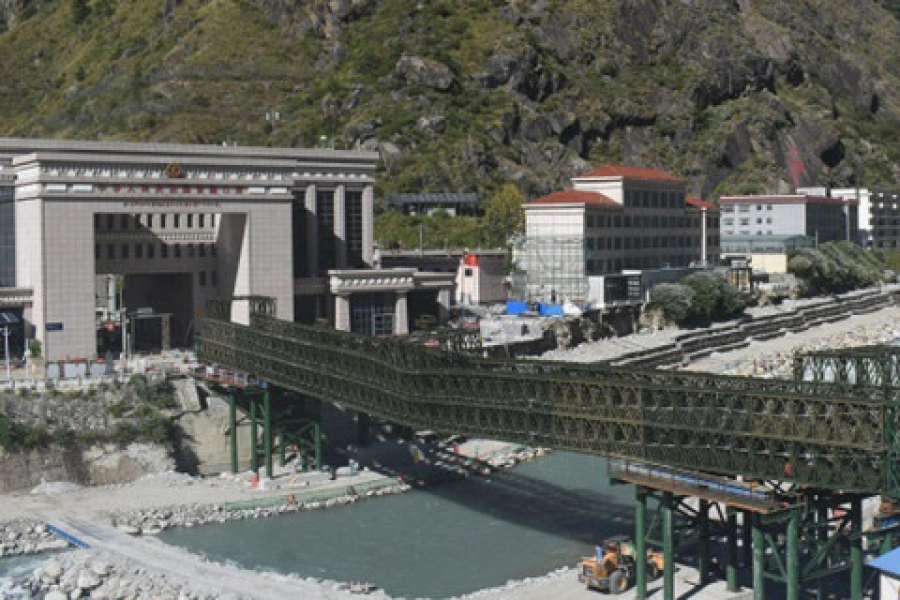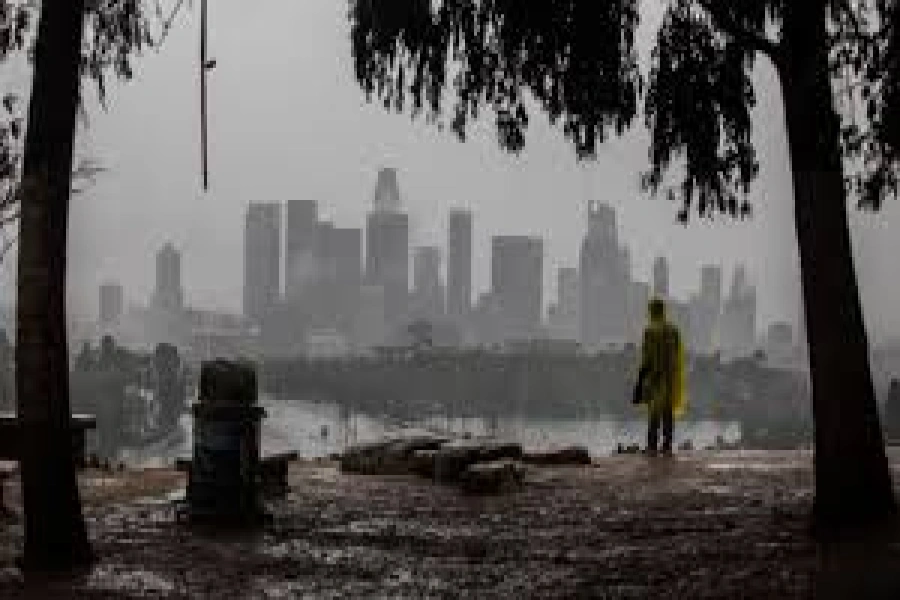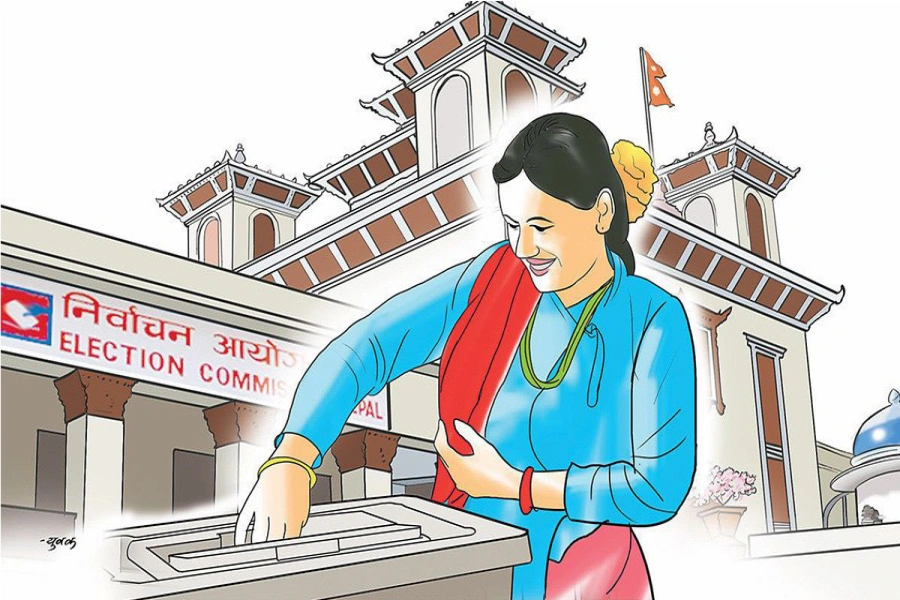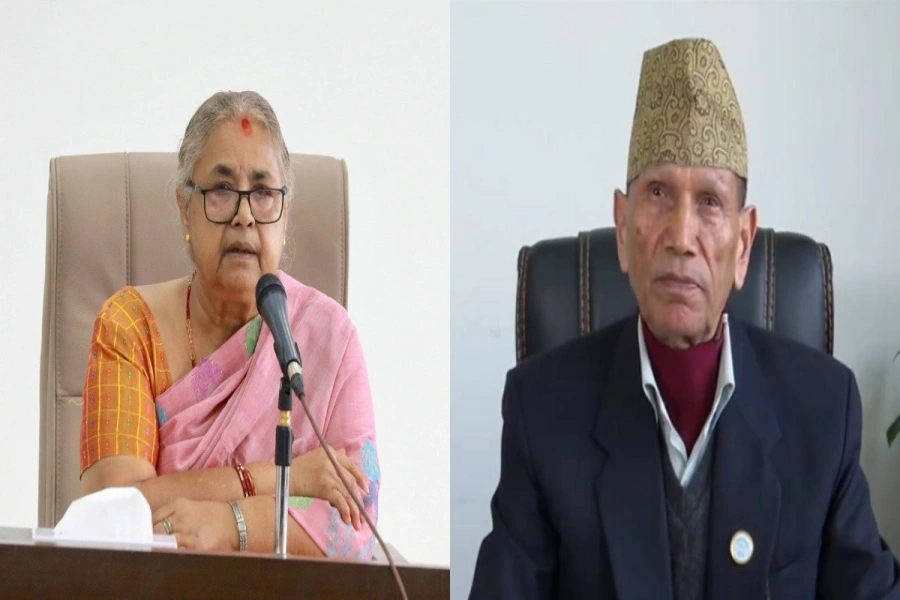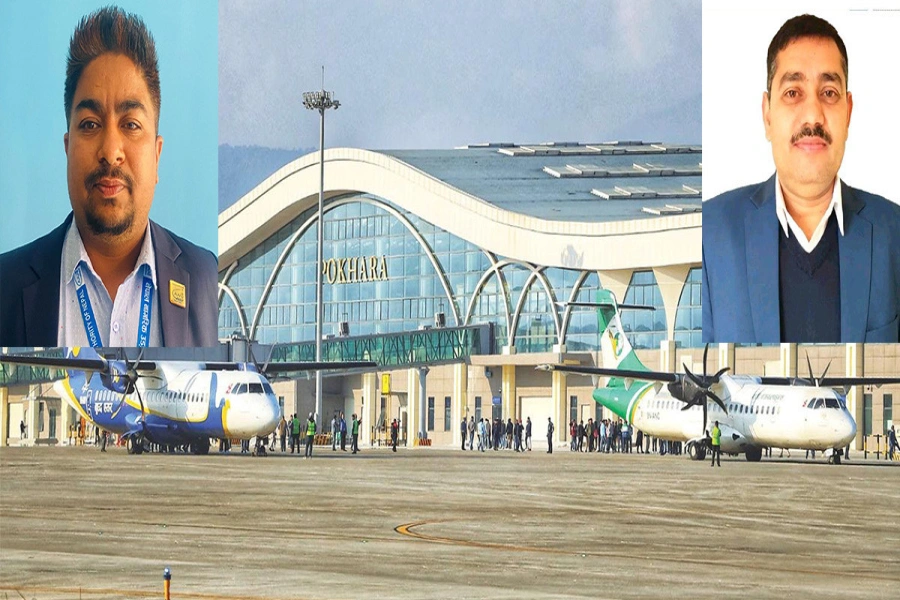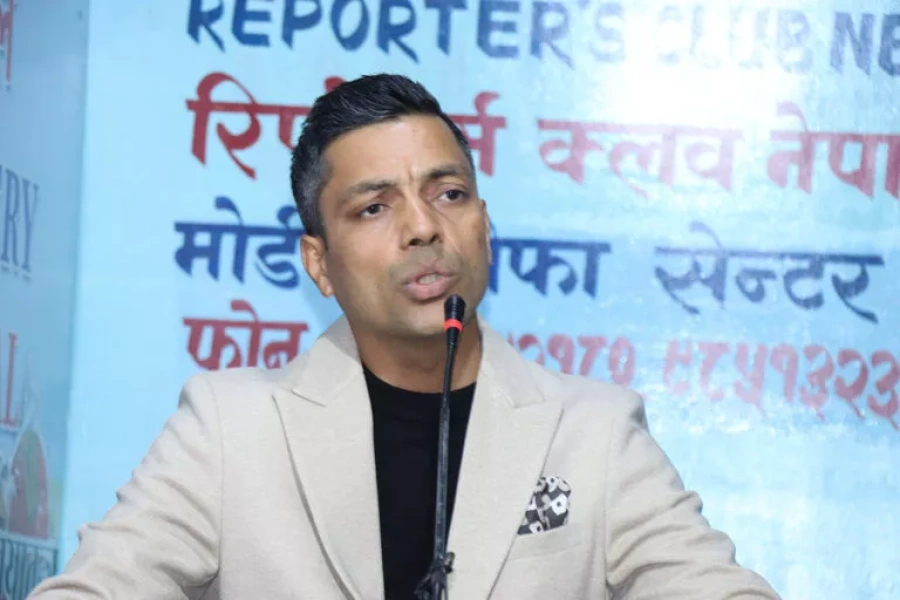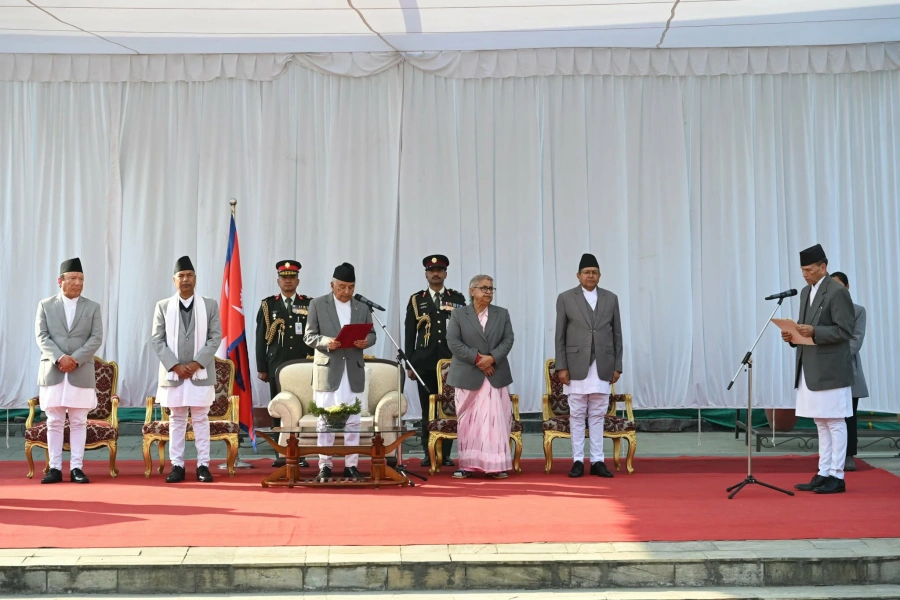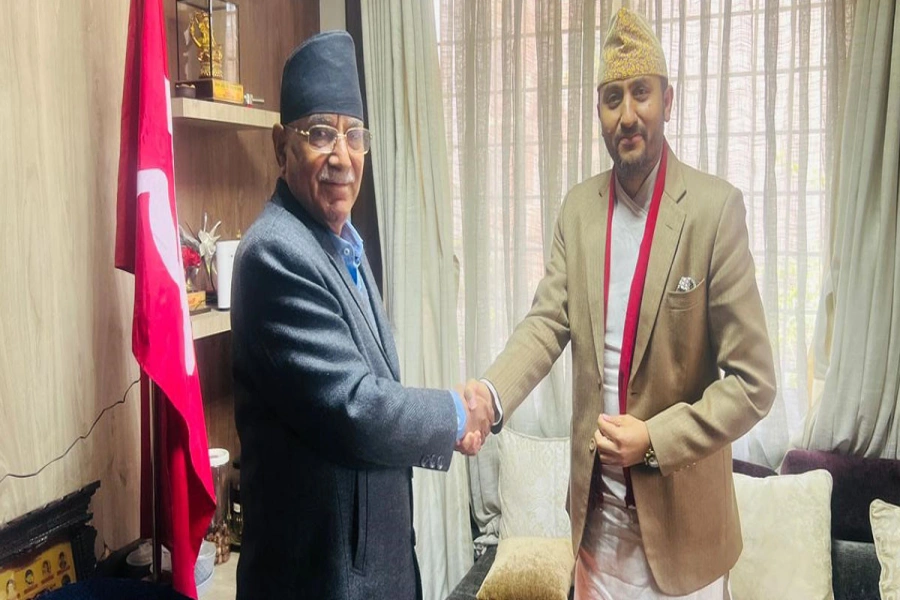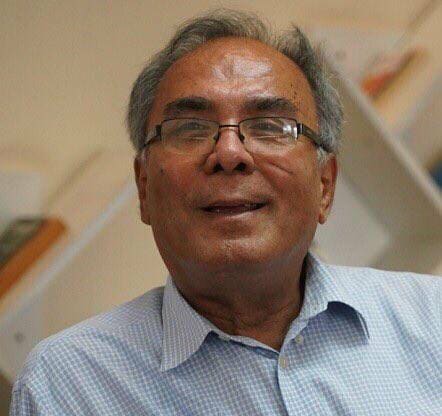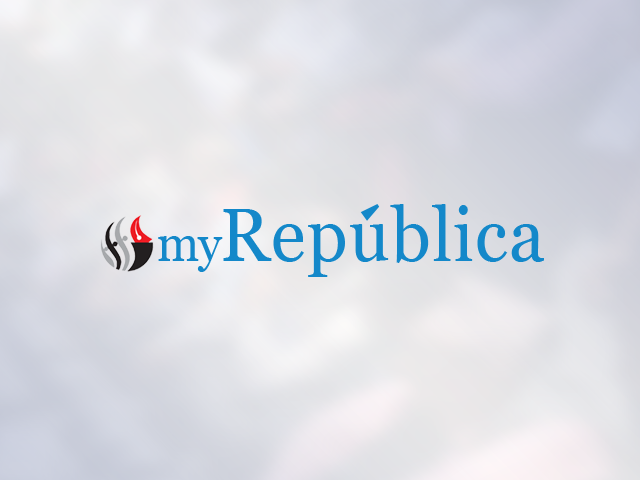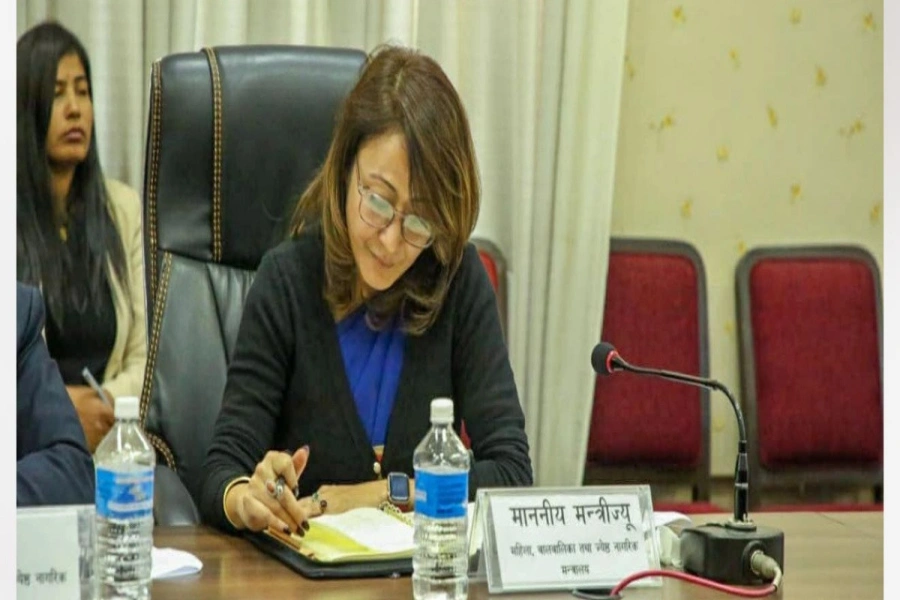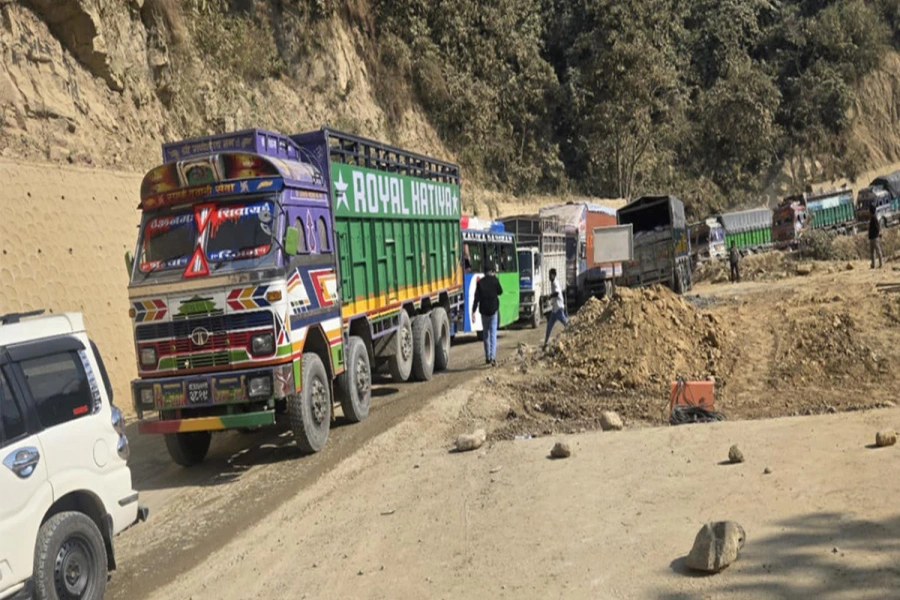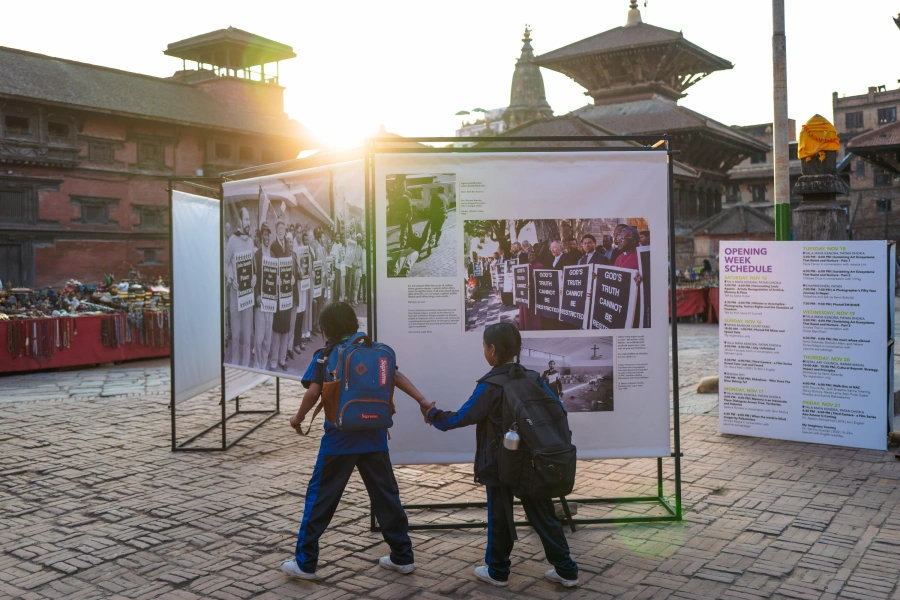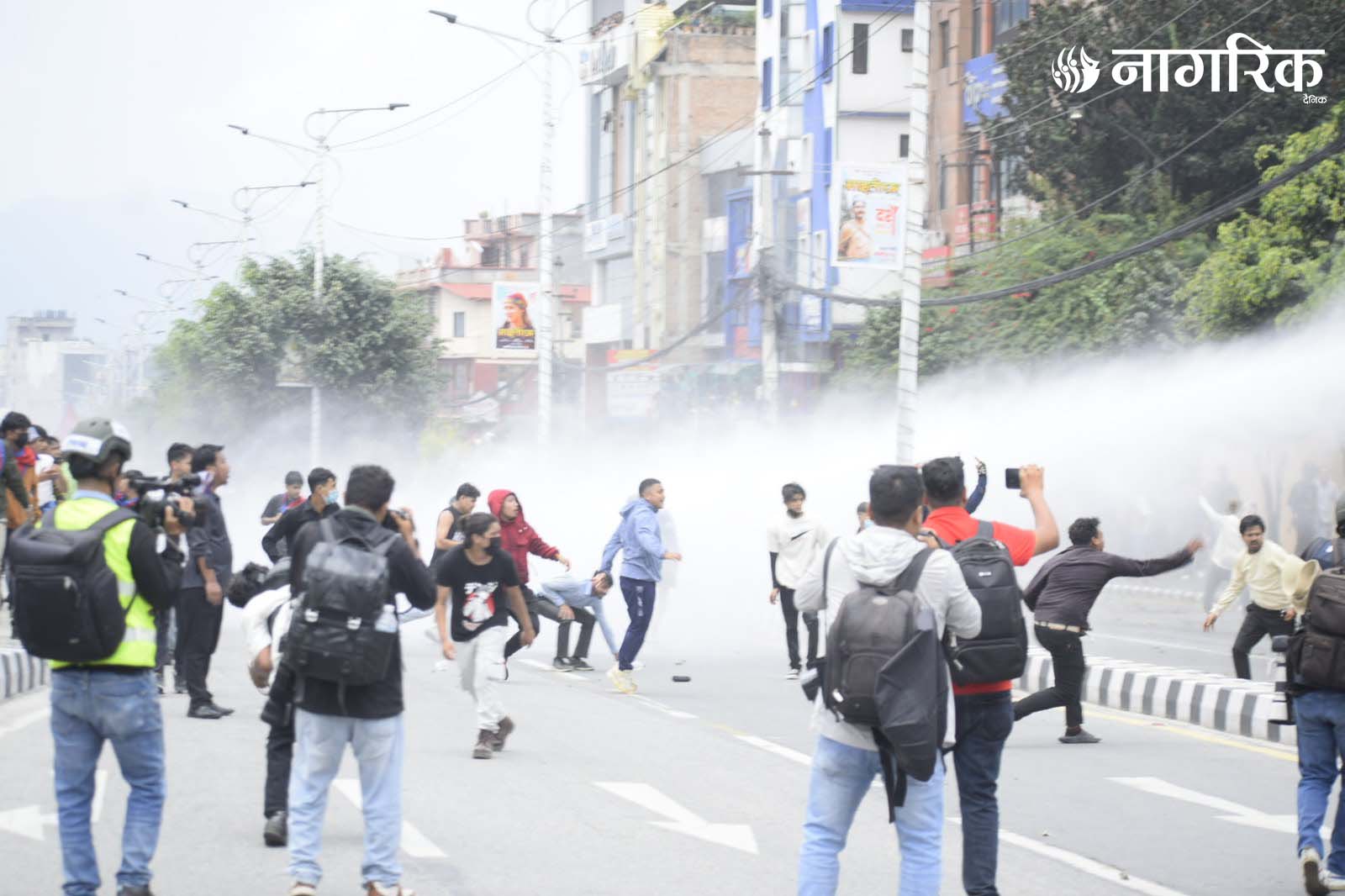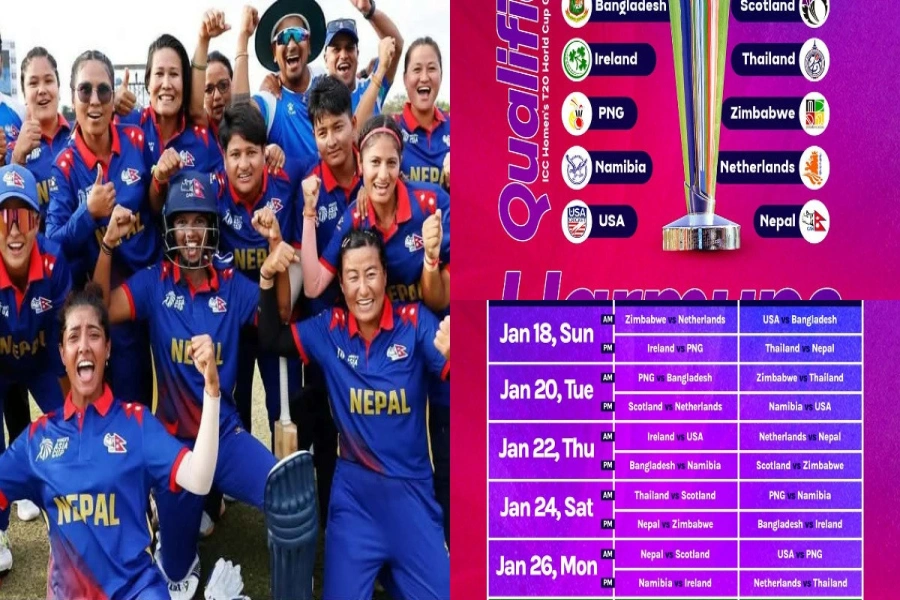Agreed, such confusions and mistaken perceptions are best corrected by the societal leaders, particularly the political ones. But do we see such honest leaders around? Not just now, have we ever had leaders who have had the courage to tell us what we “need” to hear? I do not remember any. They rather keep repeating to us what we “want” to hear subconsciously. The ones from the dominant ethnicities keep repeating the stories of glory of their ancestors to “their” audiences. And the ones from the suppressed ethnicities keep repeating the stories of their pains and deprivations to “their” audiences. These leaders did and do earn political capital in their limited spaces by playing to the gallery, but in the bargain, their audiences get deprived of the true story – a story that Nepalis of all ethnicities could collectively believe in and swear by. [break]
As a citizen whose family has a distinguished history running into several generations in Nepal – many among them directly serving the state of Nepal, and fighting for it; as a human being who humbly works to bring positive changes in the society, working with the disadvantaged, irrespective of their ethnicities; and as a person who loves his country Nepal more than anything else, it does not feel good to me to be identified inadvertently as an Indian in Nepal by many. I harbor no ill will towards people who judge me or initially call me an Indian innocently as this is not his or her fault at an individual level. This stereotyping is the result of how all of us got educated collectively by our society over centuries. The communal preachers may look different superficially, but they all speak the same language – the communal language. They all lead us to one result. They all make us a divided lot.
It was the same communal preachers that sold to the Pahadi people in Kathmandu and mid-hills that Nepal as a country is theirs and theirs only, and Madhesis and Bhotes are migrants who have settled in “their” country. They chose to gloss over that Kirantis and Madhesis including Muslims and other minorities have been living in the lands that fall within the borders of sovereign Nepal today. For a long long time some of such long existences are evidenced not just by history but even by the mythical Hindu Epics. Yalambar the Kiranti King,and the Kiranti people have been mentioned in Mahabharata. The Mithila people, and their citadel Janakpur are central to the plot of the epic Ramayana. When Gautam Buddha was born in Kapilbastu (Tarai) a thriving population was already living there. Of course migrations to and from Nepal happened, in waves, at a big scale, over a long period, and are still happening. But that applied and applies to all communities alike.
It was the same communal preachers that kept pushing Madhesis to look south-wards only towards their friends and families in India for support and sympathies rather than asserting their rights as genuine citizens in their own country for a long time. It’s the same communal preachers that are even today preaching hatred and nurturing discontent among Rais, Limbus, Pahadis, Madhesis to earn their respective political capital. The question now is not as to how long these communal preachers will continue misleading us, as they never disappear even when the societies evolve. They only get marginalized. The question rather is whether or not we want to turn the page, and move on as progressive Nepalis recognizing our human diversity, indeed being proud of it in the “real” sense – the term “real” being the most significant here as rhetorically we have always been projected as a diverse polity.
Some of these communal preachers also mislead their audiences to their advantage by creating confusions around Ethnicity and Nationality. There is nothing wrong in accepting that, as a term, Nepali is used both as ‘Citizen of Nepal’ and ‘a person with Nepali ethnicity.’ This is not a unique situation at all. The term ‘Germans’ is used for the ‘Citizens of Germany’ as much as it is used for people of German ethnicity that are not born in the modern-day state of Germany and do not hold German citizenship. The same is true for Tamils who live in India and in Sri Lanka in equally big numbers. There are hundreds of such examples across the globe.
It’s important though that we be careful that not to mix Nepali ethnicity with Nepali Nationality. Prashant Tamang, the popular singer and an Indian Idol, is a Nepali by ethnicity, and he has all the rights in the world to be a pride of people with Nepali ethnicity and its wider diaspora. But when a TV commercial run in Nepal by a popular brand makes Prashant Tamang, an Indian Citizen, say “I’m proud to be a Nepali”, obviously trying to reach out to consumers of all ethnicities, and not just Nepalis of ‘Nepali’ ethnicity, the confusion in the popular mindset plays out loud and clear. Prashant Tamang is a Nepali by ethnicity, and he and his fans should be proud of that. There is nothing wrong with that. But he is not a Nepali by nationality, and therefore, in an ethnically charged nation that we all live in, the advertisers should have rather careful in their choice of words and connotations in projecting him as a “Nepali.”
The communal voices are very effective in spreading their messages and casting their spell. The need is for the Nepalis who believe in a modern, confident, secular, progressive Nepal to up the ante, to come out of the hiding, communicate the right messages, and communicate it strongly and clearly; failing which even we the secular people would end up playing in the hands of the communal forces that remain the biggest threat to modern Nepal’s nationhood. And guess what, Nation comes first.
prashaantsingh.wordpress.com
Nepali cricketers receive medals from Indian players and coache...



